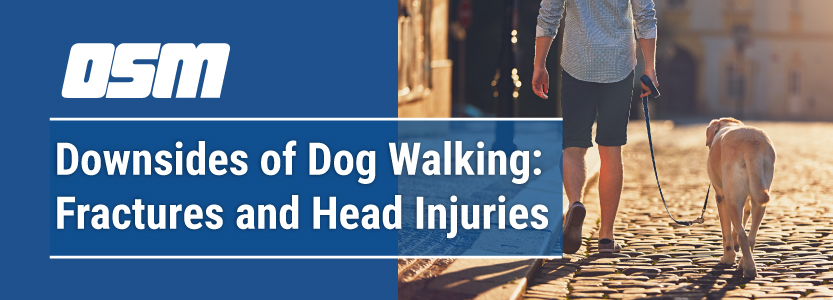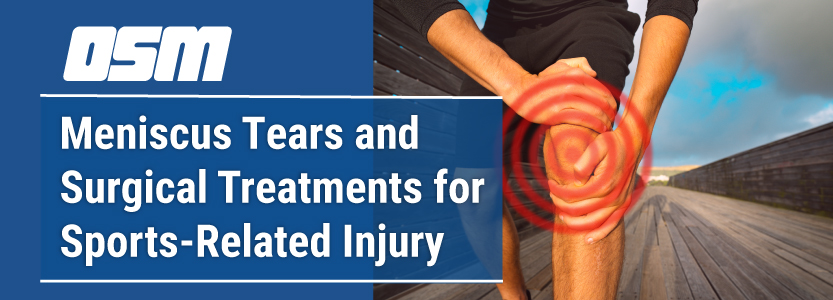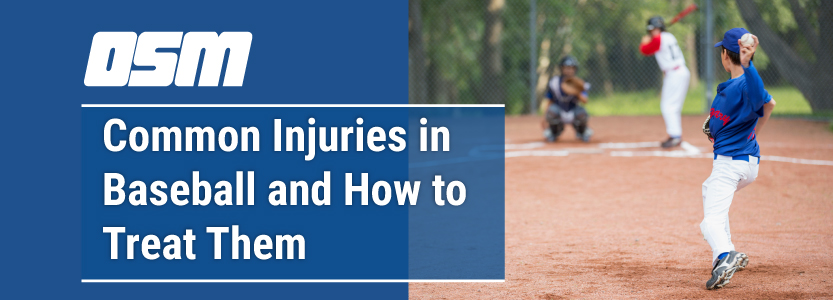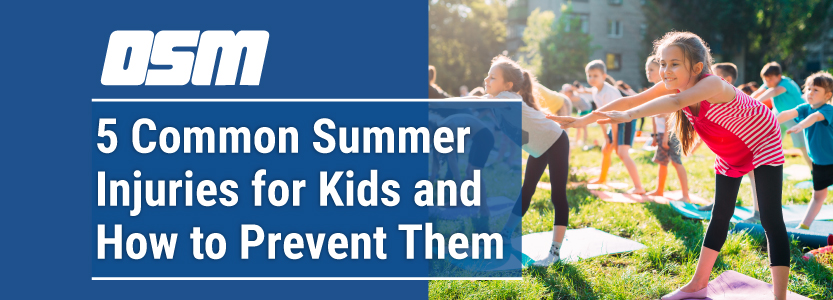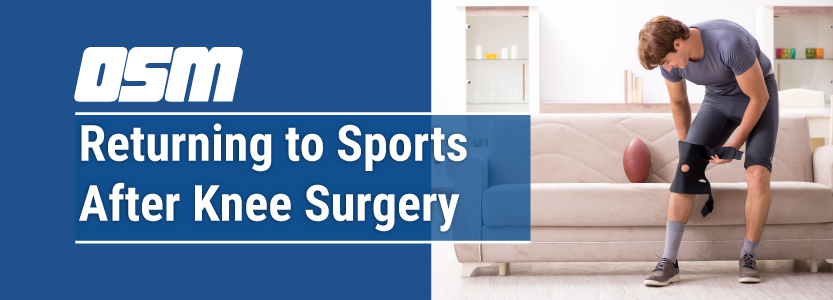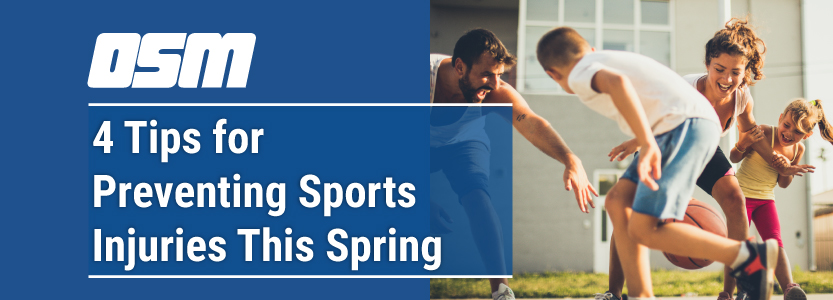Top 5 Most Common Causes of Summertime Injuries
Article featured on Complete Care
Summer is a time for sunshine, stress relief…and sometimes, summertime injuries. Although most people spend their summers slowing down, spending more time with loved ones, and enjoying leisurely days by the pool, it’s also the time of year when injuries are the most common. The best way to enjoy your summertime outdoor activities is to try your best to prevent injuries from happening and seek medical attention right away when necessary.
We want to do whatever we can to ensure that you and your family are safe all summer long. If tragedy does strike, we are here to take complete care of you. Here are the top 5 most common causes of summertime injuries.
1. Sports injuries
What is the most common summertime injury? Most summertime injuries occur while playing sports. While sports are a great way for the kids to exercise and spent more time outdoors, this does make them more susceptible to injuries such as:
- Sprains and strains
- Fractures
- Concussions
- Broken bones
- Dislocations
Common sports injuries are usually caused by inadequate stretching or warmups before an activity, not wearing the proper protective gear, improper training, or overtraining.
2. Heat-related illness
There’s nothing quite like basking in the warmth of the summer sun. Unfortunately, your fun in the sun can be cut short if you come down with a heat-related illness. Prolonged sun exposure can lead to a vast number of heat-related illnesses including sunburn, sun sickness, heat stroke, and dehydration that can result in severe symptoms such as:
- Hot or red skin
- Fatigue
- Muscle cramps
- Migraines
- Dizziness or confusion
- Nausea and vomiting
If you or a loved one begin to show these symptoms, move inside to an air-conditioned room. If that’s not available, move to a shaded area and drink water. Failing to do so could lead to a heat stroke, which could be life-threatening. If you’re experiencing any heat-related illnesses, head to your nearest emergency room where you receive quality heat exhaustion and sunburn treatment.
If you’re planning a day of outdoor activities, be sure to wear sunscreen and protective clothing, drink plenty of water, and limit your time in direct sunlight.
3. Bicycle injuries
Biking is an incredibly popular outdoor activity during the summertime. Not only is biking an effective form of exercise, but it is also a great way to bond with friends and family. However, accidents do happen and bicycle injuries are very common for both adults and children. Bicycle injuries are usually caused by:
- Falling off of the bike
- Poorly constructed bike paths, sidewalks, and roads
- Getting into an accident with a car
- Swerving to avoid obstacles
If you’re unsure what to do after a bike fall, it’s important to assess your or your child’s current condition and locate any injuries. If you have a concussion, stay put and call someone for help. Once you have done proper first-aid, seek medical attention for the injuries.
4. Playground injuries
Although the playground is a fun place for children to play, playground injuries are all too common. Minor bumps and scrapes can turn into broken bones or sprains. Playground injuries can be caused by:
- Misuse of playground equipment
- Poorly maintained playground equipment
- Falling from equipment (monkey bars, jungle gyms, slides, etc.)
- Roughhousing with other children
As a parent, it’s important to remember that playtime can be unpredictable at times. As long as you have eyes on your child at all times, you can potentially prevent an injury from happening or catch it right as it happens.
5. Swimming pool injuries
The swimming pool can be your child’s favorite place to be during the summertime —which can be very worrisome for parents. Not only is there a high risk for injury, there is also a high risk of drowning. Swimming pool injuries like slips and falls and drownings can be caused by a few factors:
- Slippery areas around the pool
- Lack of safety equipment
- Lack of adequate supervision
- Lack of signage around the pool
The pool is meant to be a fun and safe place for children and adults to relax, have fun, and cool off from the summer heat. The best way to avoid swimming pool injuries or drownings is to learn CPR, provide your children with arm floats or other flotation devices, and never leave them unattended.
Take complete care of your summertime injuries
Outdoor activities, although fun, require caution to prevent summertime injuries from occurring. Whether you get a grill burn at a 4th of July barbecue or are experiencing smoke inhalation symptoms from a summer bonfire, knowing where to get quality care can make all of the difference.
The Orthopedic & Sports Medicine Center of Oregon is an award-winning, board-certified orthopedic group located in downtown Portland Oregon. We utilize both surgical and nonsurgical means to treat musculoskeletal trauma, spine diseases, foot and ankle conditions, sports injuries, degenerative diseases, infections, tumors and congenital disorders.
Our mission is to return our patients back to pain-free mobility and full strength as quickly and painlessly as possible using both surgical and non-surgical orthopedic procedures.
Our expert physicians provide leading-edge, comprehensive care in the diagnosis and treatment of orthopedic conditions, including total joint replacement and sports medicine. We apply the latest state-of-the-art techniques in order to return our patients to their active lifestyle.
If you’re looking for compassionate, expert orthopedic and podiatric surgeons in Portland Oregon, contact OSM today.
Phone:
Address
1515 NW 18th Ave, 3rd Floor
Portland, OR 97209
Hours
Monday–Friday
8:00am – 4:30pm


